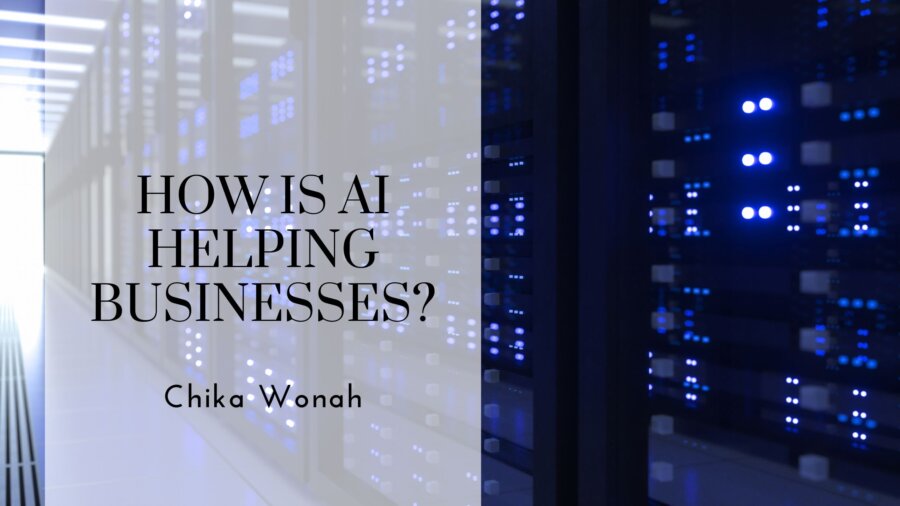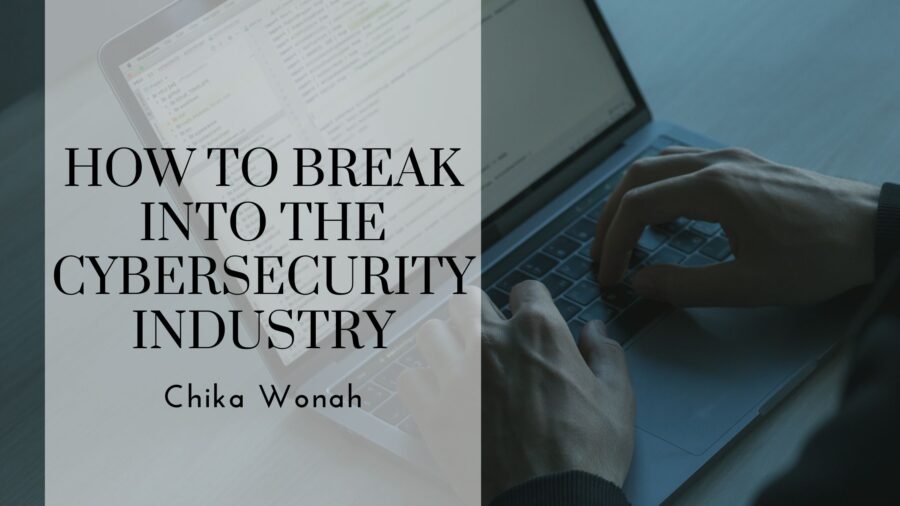Cybersecurity training is no longer a privilege but a necessity for companies of all sizes and sectors. It’s a vital aspect of an organization’s overall security strategy, which often gets overlooked. Cyber threats evolve rapidly, and companies must empower their employees with the knowledge and tools to protect not only the company’s digital assets but also their own personal information. This training transcends the IT department, becoming a responsibility shared by every employee.
By understanding the benefits of comprehensive cybersecurity training, business leaders can make informed decisions to fortify their organization’s defenses against cyber threats. A company-wide approach to cybersecurity training not only enhances the security posture of the organization but also cultivates a culture of security awareness among employees.
The digital transformation has led businesses to rely heavily on technology, making them more vulnerable to cyber threats. Cybersecurity incidents can have devastating consequences. Despite advancements in technology, the human factor remains the weakest link in cybersecurity. Often, data breaches occur due to employee error. This situation highlights the urgent need for comprehensive cybersecurity training. Hackers continuously develop new strategies to exploit vulnerabilities, and traditional measures are no longer enough.
Phishing attacks, ransomware, and social engineering tactics are becoming more refined, and without proper training, employees can easily fall victim to these threats. Additionally, the regulatory landscape is becoming more stringent, with laws like GDPR and CCPA imposing heavy penalties for data breaches. This regulatory environment further emphasizes the importance of cybersecurity training in maintaining compliance and avoiding legal complications. Therefore, a company-wide training program on cybersecurity is not just about preventing attacks; it’s about adapting to a changing digital world where security awareness is as crucial as technological defenses.
Risk Reduction
Implementing company-wide cybersecurity training significantly reduces the risk of data breaches and cyber-attacks. One of the primary benefits of such training is the heightened awareness it creates among employees about the various forms of cyber threats and how they manifest in the workplace. For instance, training helps employees identify phishing emails, which are among the most common tactics used by cybercriminals. By recognizing suspicious links, attachments, or requests for sensitive information, employees become a formidable first line of defense against potential breaches.
Furthermore, training sessions can provide practical tips on creating strong passwords, securing personal devices used for work (a critical aspect in the era of remote working), and safe internet practices. This knowledge is invaluable in preventing unauthorized access to company systems.
Regular training updates are also essential in risk reduction. Cyber threats are ever-evolving; thus, keeping employees informed about threats and defense mechanisms is crucial. Training that includes real-life examples and interactive elements, such as mock phishing exercises, can be particularly effective. This hands-on approach not only makes the training more engaging but also tests employees’ understanding and application of their knowledge in real-world scenarios.
Company-wide cybersecurity training plays a pivotal role in ensuring regulatory compliance. As data protection laws and regulations become increasingly stringent, non-compliance can result in hefty fines and legal issues. Training programs help organizations stay abreast of their legal responsibilities and the latest requirements.
Building a Culture of Security
A comprehensive cybersecurity training program extends beyond the mere dissemination of information; it fosters a culture of security within the organization. Such a culture elevates security as a shared responsibility, where every employee is an active participant in safeguarding the company’s digital assets.
Creating this culture begins with leadership. When company leaders actively promote and participate in cybersecurity training, it sends a strong message about its importance. This top-down approach encourages employees at all levels to take cybersecurity seriously and integrate best practices into their daily work routines.
Regularly scheduled training sessions, security newsletters, and reminders can keep cybersecurity at the forefront of employees’ minds. Additionally, recognizing and rewarding secure behaviors can reinforce the importance of cybersecurity and motivate employees to stay vigilant.
A security-aware culture also promotes open communication about cybersecurity issues. Workers need to be at ease disclosing questionable activity without worrying about facing consequences. Such an environment encourages proactive identification and resolution of security risks before they escalate into serious problems.
The benefits of conducting company-wide training on cybersecurity are multifaceted and deeply impactful. By significantly reducing the risk of cyber threats, ensuring compliance with evolving regulations, and fostering a culture of security, these training programs are indispensable in today’s digital landscape. The risk reduction achieved through employee education minimizes the likelihood of costly and damaging data breaches. Compliance not only avoids financial penalties but also builds trust and integrity in the market. Perhaps most importantly, cultivating a culture of security among employees leads to a more vigilant, informed, and proactive workforce.










